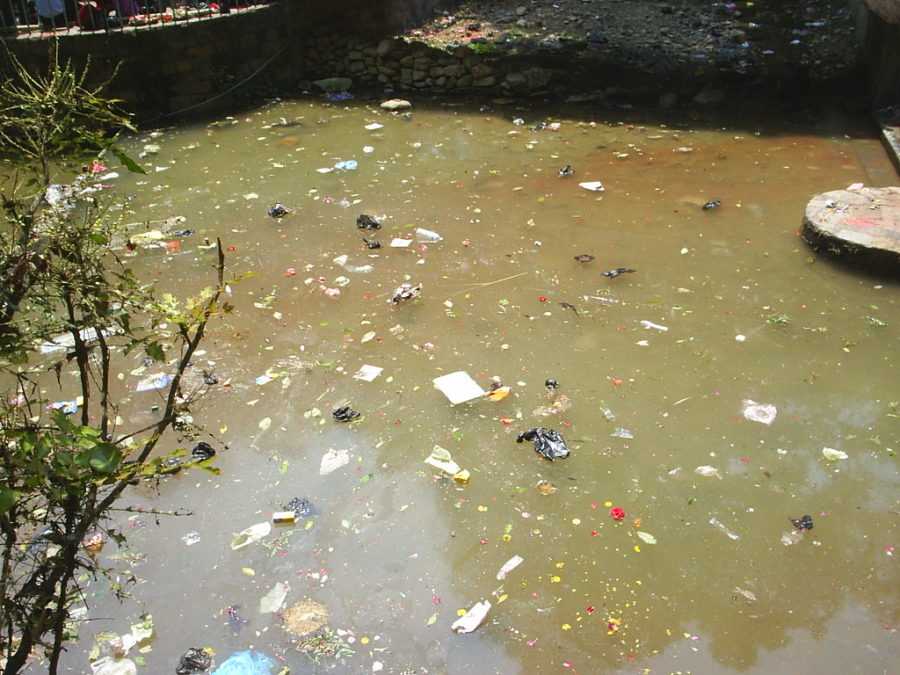Forever Chemicals
Recently, President Biden’s Administration proposed the first-ever national standard to protect communities from toxic ‘forever chemicals’ in drinking water.
After learning the so-called “forever chemicals” in drinking water are more toxic than previously thought, the Environmental Protection Agency has suggested the first national limitations on them.
Some of the highest levels have been reported in the cities of Miami, New Orleans, and Philadelphia. The environmental organization Environmental Working Group has identified 41,828 industrial and municipal sites that are known to generate, use, or are suspected of using PFAS.
“Surprisingly, I never knew chemicals like this could be so dangerous, and even that they ever existed in our environment,” freshman Moriah Stacy said.
These forever chemicals can be found in 99% of Americans’ bodies and hundreds of everyday products are made with PFAS.
The majority of Americans have been exposed to PFAS, and their blood contains these chemicals. These substances are included in food packaging, both compostable and non-compostable, cookware, clothing, personal care items, and have been used to make items waterproof, stick proof, and stain-resistant since the 1940s. They have been connected to many health issues, such as liver damage, some malignancies, low birth weight, cancer, reproductive and immune system harm, etc.
“To me, this is just another important reminder of the vital role the government can play in our lives by promoting rules to protect us. A much more tangible reminder is the train wreck in East Palestine, where the focus has been more on the response, rather than the removal of the regulations that could have stopped that disaster,” history teacher Mr. Hayfield commented.
The other four PFAS GenX, PFBS, PFNA, and PFHxS are to be regulated with higher limits. A few states have established their own limits on levels of PFAS in drinking water, but these new guidelines, if enacted, would be the first legally enforceable federal limits.
Since 2001, the EPA has failed to set a legal limit for the presence of PFAS in drinking water. The agency issued health advisories last year that set health risk thresholds for the chemicals close to zero. The American Chemistry Council was one of the companies that opposed the designation of the chemicals as hazardous. The EPA still does not know everything about forever chemicals like, how much people are exposed to PFAS, how harmful PFAS are to people and the environment, how to remove PFAS from drinking water, and or how to manage and dispose of PFAS.
“Why [haven’t] forever chemicals, or PFAS, whatever you call them, been banned from products that we use. If they are dangerous to the environment, why haven’t they done anything about them until just recently,” freshman Sophie Hutt asked.
By the end of the year, the agency aims to have the regulation finalized. According to the EPA, if completely implemented, the regulation will stop thousands of deaths and tens of thousands of illnesses linked to PFAS. People are hoping in the near future they will release more information on them and conduct more research to further their understanding on the issue.

